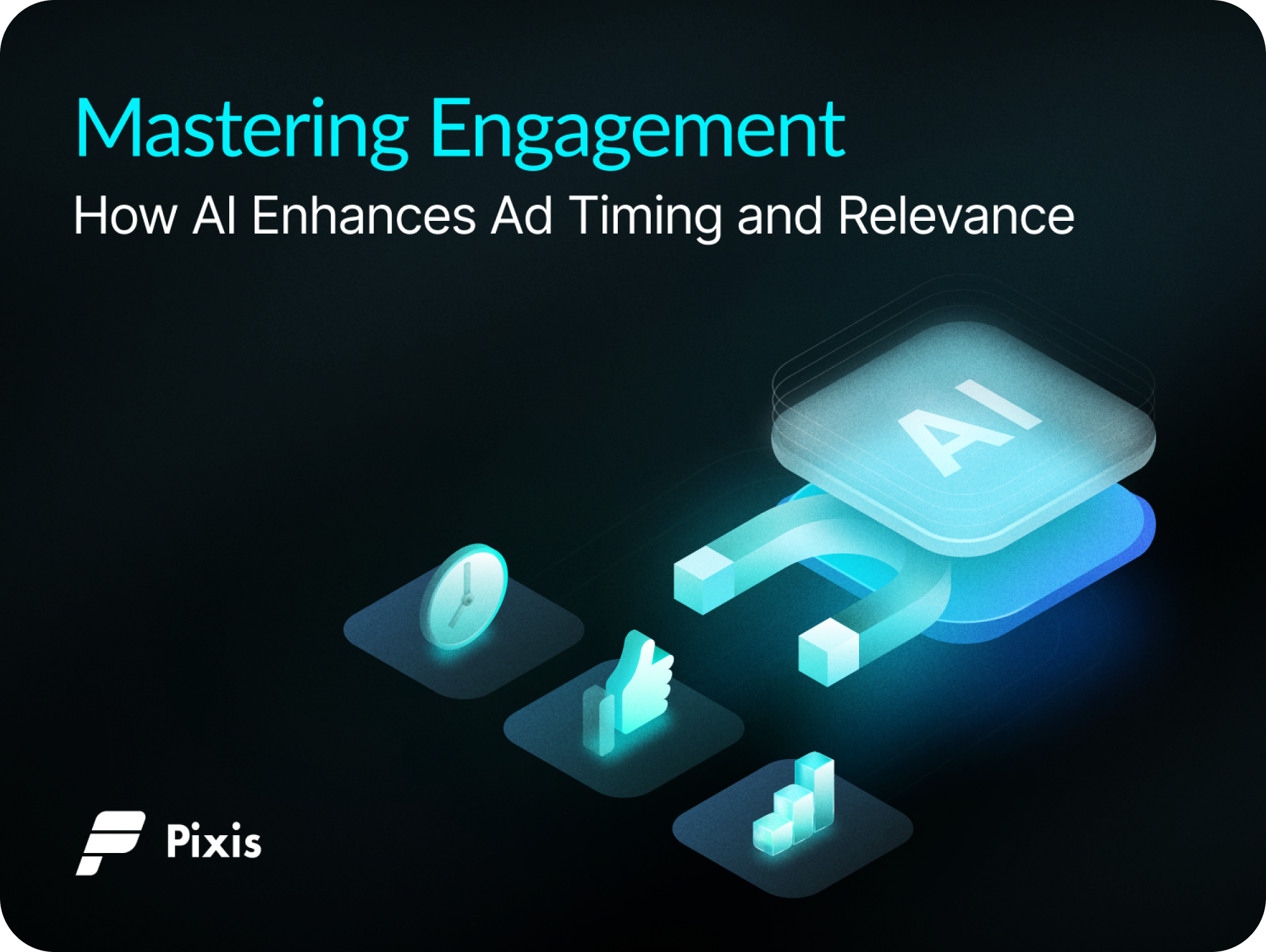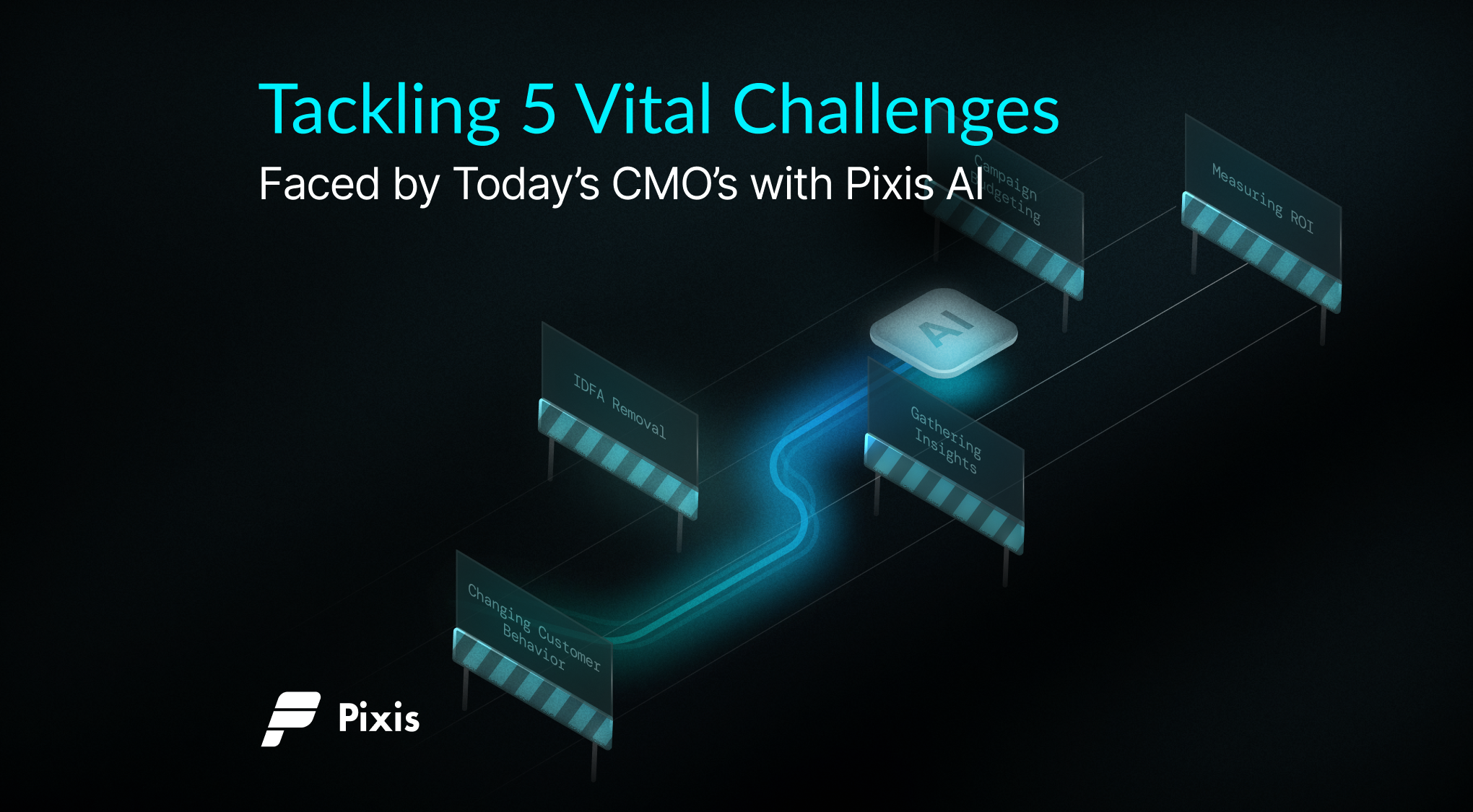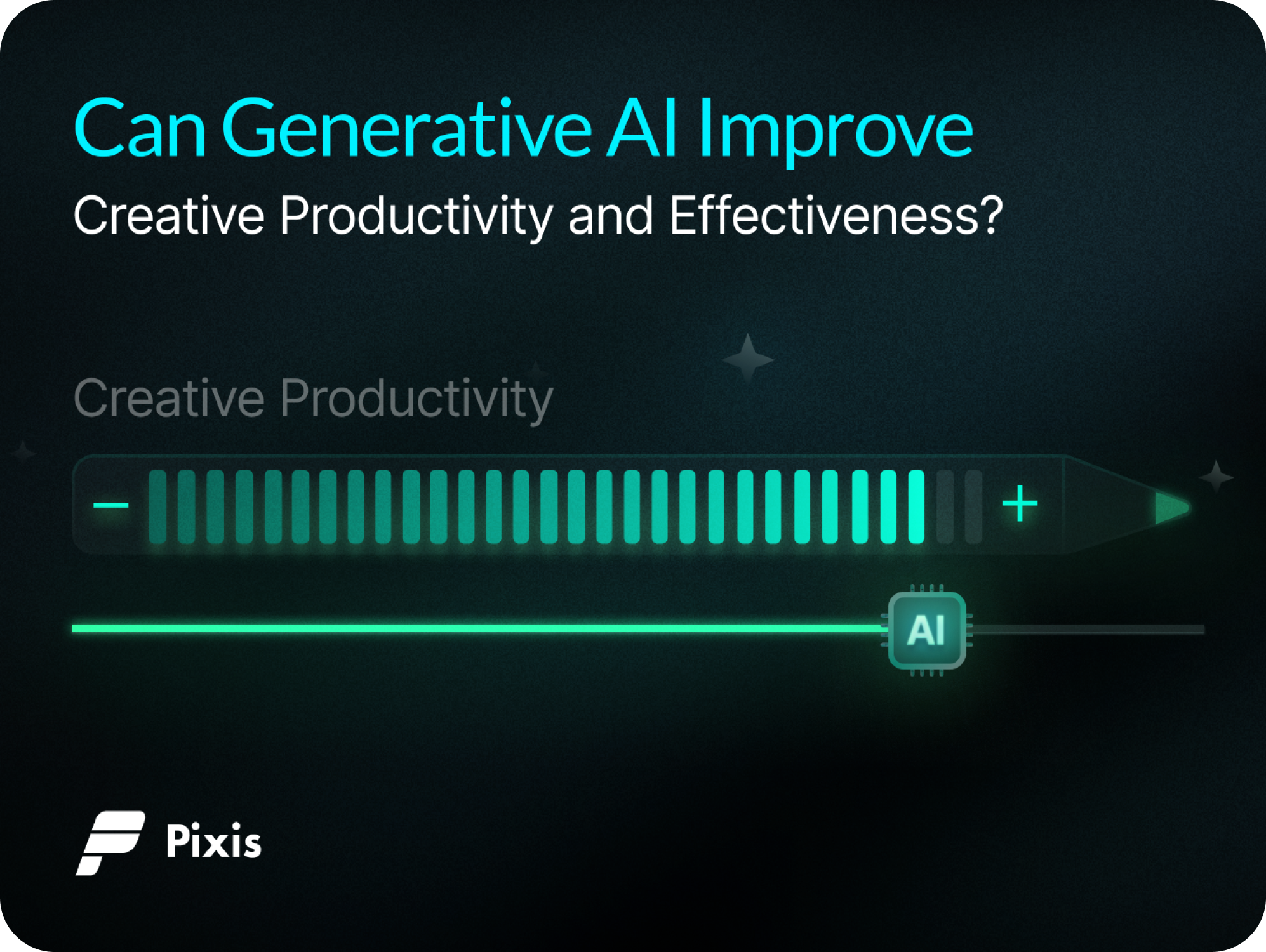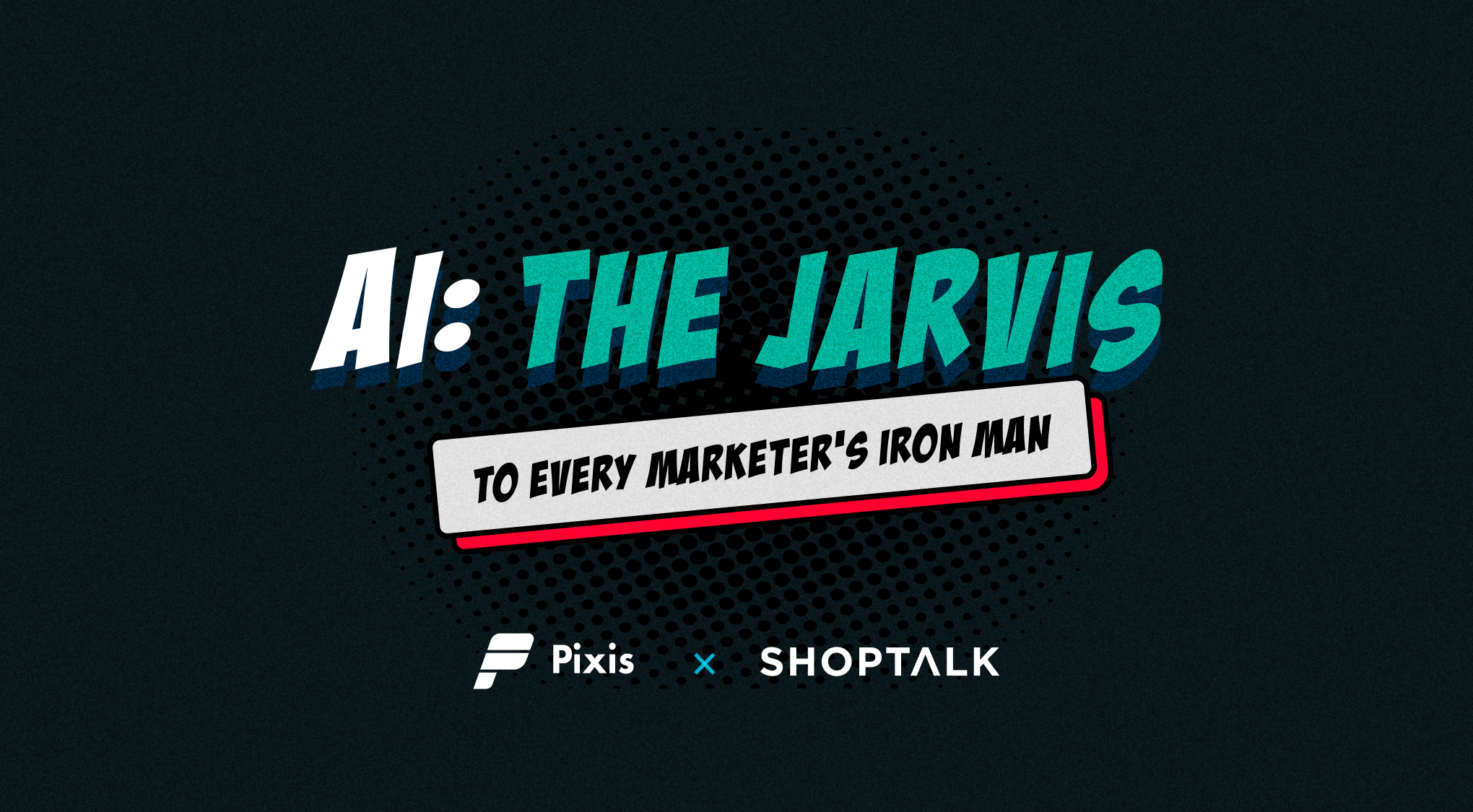The Next Big Thing is Here – AI Infrastructure For Marketing
Businesses have started leveraging the capabilities of AI to achieve higher levels of customization, optimization, and efficiency in marketing. However, despite evident advantages, many leaders across the globe are yet to fully realize the potential of AI-led marketing.
We found that organizations largely face 2 challenges when it comes to incorporating AI. The first challenge is the functional limitations of marketers and data professionals in speaking each other’s language. The second is a lack of a strong, coherent AI infrastructure to enable the seamless use of AI for every function of marketing.
The fusion of a data scientist’s skill with a marketer’s knowledge can open new doors for complete marketing optimization. This collaboration enables marketers to work at their peak efficiency by enabling AI-led operations.
Right from efficient targeting to top-of-the-range optimization – marketers have access to actionable insights in real-time enabling them to boost ROI across campaigns.
The fundamental factors that influence a marketing campaign are – targeting, and creative generation, performance & optimization management.
The starting point for any marketer is knowing the customers down to the T. It helps in better targeting, and accurate targeting is crucial for effective ad reach. With better targeting, wasteful impressions are reduced and funnel quality improves, reducing the overall unit costs incurred.
Having said that, setting the right bid, budget, and campaign structure is just as important to get the maximum benefit of higher reach and lowest cost at any given point in time. Along with this, the right messaging for the right audience will help get the maximum attention and recall, leading to an optimized funnel.
The right targeting, optimal bid & budget selection, and the right messaging corresponding to the targeting selected, are all important to achieve the best possible ROI. This when carried out within a solid consumer research framework ensures the best possible overall campaign performance.
An AI system designed to optimize each of these can help increase and stabilize ROI. And this is where AI infrastructure comes into play.
AI Infrastructure For Marketing
A highly optimized campaign needs an equally accurate target with an equally resonating creative to work its magic. If any one of them lags behind, the overall efficiency drops down resulting in poor campaign performance. Similarly, powering any one component with AI wouldn’t help in the long run. AI infrastructure is all about creating one station where all the 3 major components work together in tandem to provide the ultimate performance. Each AI transfers information and learns from each other’s performance to calibrate constantly. This ensures that all the components are only getting better every day, with every campaign.
At its very core, the infrastructure consists of the following:
a. Performance Management AI
b. Creative AI
c. Consumer Research AI.
Performance Management AI

To get the best result, the performance management AI measures and improves on 4 main parameters. These 4 parameters are continuously monitored and improved upon in tandem. They are:
Planning Efficiency
The AI here studies the historical trends and patterns of the brand and industry. It does so by analyzing audience, platforms, placements, ad set, budgets, bid permutations, and combinations. Along with the changing market dynamics, it does a predictive analysis to accurately forecast the media plan for that particular campaign.
Audience Efficiency
Enabling marketers to target better, performance AI uses historical data, industry & brand profiles, keyword profiles, and user information from third-party databases to create a user profile and an affinity relevance map. Clustering is done on this map using NLP and historical data to create targeting sets which are then ranked and converted into a campaign structure ready for launch.
Delivery Efficiency
Performance AI analyzes the data from the funnel, client backend, or third-party analytics solutions as the case may be. It optimizes the budget allocation for ad sets through real-time monitoring algorithms. These algorithms continuously measure the results and make multiple projections and what-if analyses to arrive at the most optimal settings required. This enables it to make the changes needed to optimize both scale and efficiency.
Pacing Efficiency
Taking input from the audience and delivery efficiency factors of the campaign, at this stage, AI ensures that campaigns and ad servings are as per the media plan. The pacing efficiency factor recommends actions based on the brand’s performance.
Each efficiency parameter works as an indicator to help AI tune that particular part of the campaign.
Creative AI

Creative ideas that are rooted in strong, data-backed, functional, and actionable consumer insights are the ones that function at peak efficiency. They have the potential to cut through the advertising clutter and immediately grab the customer’s attention. Creative AI enables design teams to make data-backed decisions and churn out better and more efficient artwork. What used to be guesswork by creative teams is now a series of changes supported with data by the creative AI. The creative AI uses four key efficiency parameters; Ideation Efficiency, Execution Efficiency, Personalization Efficiency, and Feedback Efficiency.
Ideation Efficiency
Creative AI uses different maps to measure the efficiency of an idea; trend map, historical communication & data map, idea map, design & layout map, communication map, and personalization map. The main purpose of this is to ensure that the most efficient idea is being churned out. It helps surface the right data points so each idea is built to be better than the previous one.
Execution Efficiency
Enabling creative teams to function at peak efficiency by reducing stress and saving time helps the creative juices flow for path-breaking ideas. The creative AI enables the automation of mundane tasks like resizing and enables smart search so that teams can re-use designs that did well historically and not spend time searching through terabytes of data.
Personalized Efficiency
Scaling personalization efficiently is important to increasing ROAS. Creative AI here maps the targeting parameters with their corresponding creative elements. Taking feedback from performance management AI, the creative AI maps the most optimum elements and recommends the ideal elements and visuals. Where human teams would accomplish this in hundreds of hours, the AI system can do the job much quicker at any scale, saving time and effort for the team.
Feedback & Collaboration
Improved creativity is an output of human intelligence guiding artificial intelligence systems. A real-time feedback system ensures that there is a constant calibration of creative AI with other AI systems resulting in an effective strategy framework. Simultaneously, seamless collaboration between the brand, media, and design teams along with inputs from the creative AI data allows a stronger collaboration between human intelligence and artificial intelligence.
Together, the 4 aforementioned efficiency parameters enable brands to create relevant ad-creatives that are bound to resonate with the target audience.
Consumer research using AI

At its core, knowledge about your customer is very important for marketing. According to Forbes research, organizations with a revenue of over $10 billion are increasingly utilizing AI for almost 55% of their consumer insights activities. Consumer insights unlock invaluable information about consumers’ evolving attitudes and behavior. But with growing consumer data in a competitive landscape, insights often get outdated before businesses could tap the opportunity that comes with it. AI integration in the consumer intelligence collection process enables real-time response analysis leading to faster research delivery.
This is where consumer research AI helps marketers collect data efficiently and effectively. The below two parameters are measured by the consumer research AI system.
Collection Efficiency
Consumer research AI helps marketers to ensure that the audience sample is equally representative of the population in terms of size and diversity. This is carried out by monitoring the demographic and psychographic features of the users recruited through both — panel and non-panel audiences. The AI system constantly learns and improves its recruitment percentage across the relevant segments defined for that sample size. Along with a selection of the right audience, their engagement becomes a critical part of consumer research. A highly engaged audience is the best quality audience. The consumer research AI analyzes the engagement pattern and ranks the quality of the audience and continually refines its recruitment strategies to include users of the highest quality for a more accurate result.
Feeling Efficiency
Consumers’ perceptions of a brand can evolve based on several factors. These factors may be their experience, interactions with the brand, word-of-mouth, and more. These perceptions are inherently feelings-based and therefore are subjective. The feeling efficiency parameter uncovers the consumer mindset and preferences using neural networks in combination with NLP algorithms to understand the tonality and emotion of users’ responses to open-ended questions.
A Scalable & Robust Interdisciplinary Collaboration
From siloed efforts to interdisciplinary collaboration, with an AI infrastructure, businesses can answer their most pressing questions. And the true essence of this infrastructure is that it provides a highly enhanced environment for marketers to do their job better.
With it, you can know your customers well, find the best way to sell your products to them, and save a lot of money while at it. AI is changing the way we do marketing and advertising, for good. The truth is, the association of marketing and AI can truly revolutionize the way marketers think and act. Be it research, creative, performance, or targeting – AI is providing agility and enabling companies to perform elaborate functions without slowing down the customer experience. Embracing AI, marketers can truly do what they love to do – strategize and leave the spadework to machines.




